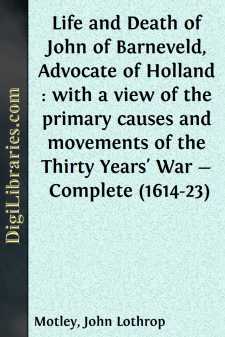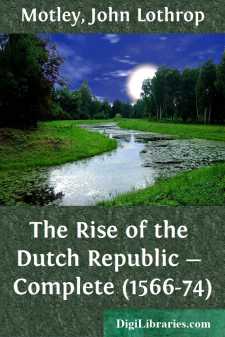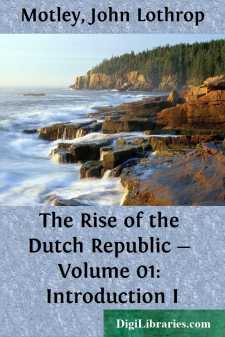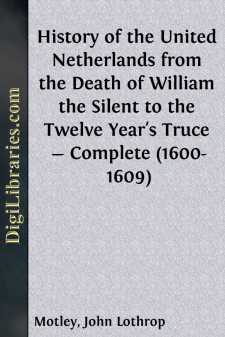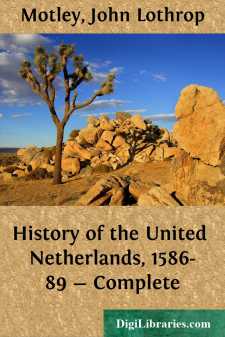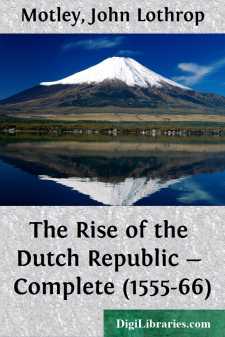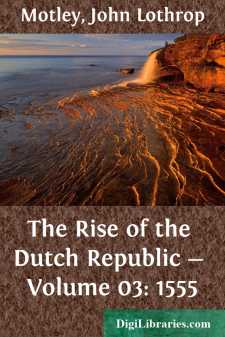Categories
- Antiques & Collectibles 13
- Architecture 36
- Art 48
- Bibles 22
- Biography & Autobiography 813
- Body, Mind & Spirit 142
- Business & Economics 28
- Children's Books 17
- Children's Fiction 14
- Computers 4
- Cooking 94
- Crafts & Hobbies 4
- Drama 346
- Education 46
- Family & Relationships 57
- Fiction 11829
- Games 19
- Gardening 17
- Health & Fitness 34
- History 1377
- House & Home 1
- Humor 147
- Juvenile Fiction 1873
- Juvenile Nonfiction 202
- Language Arts & Disciplines 88
- Law 16
- Literary Collections 686
- Literary Criticism 179
- Mathematics 13
- Medical 41
- Music 40
- Nature 179
- Non-Classifiable 1768
- Performing Arts 7
- Periodicals 1453
- Philosophy 64
- Photography 2
- Poetry 896
- Political Science 203
- Psychology 42
- Reference 154
- Religion 513
- Science 126
- Self-Help 84
- Social Science 81
- Sports & Recreation 34
- Study Aids 3
- Technology & Engineering 59
- Transportation 23
- Travel 463
- True Crime 29
History of the United Netherlands from the Death of William the Silent to the Twelve Year's Truce - Complete (1584-86)
Description:
Excerpt
PREFACE.
The indulgence with which the History of the Rise of the Dutch Republic was received has encouraged me to prosecute my task with renewed industry.
A single word seems necessary to explain the somewhat increased proportions which the present work has assumed over the original design. The intimate connection which was formed between the Kingdom of England and the Republic of Holland, immediately after the death of William the Silent, rendered the history and the fate of the two commonwealths for a season almost identical. The years of anxiety and suspense during which the great Spanish project for subjugating England and reconquering the Netherlands, by the same invasion, was slowly matured, were of deepest import for the future destiny of those two countries, and for the cause of national liberty. The deep-laid conspiracy of Spain and Rome against human rights deserves to be patiently examined, for it is one of the great lessons of history. The crisis was long and doubtful, and the health—perhaps the existence—of England and Holland, and, with them, of a great part of Christendom, was on the issue.
History has few so fruitful examples of the dangers which come from superstition and despotism, and the blessings which flow from the maintenance of religious and political freedom, as those afforded by the struggle between England and Holland on the one side, and Spain and Rome on the other, during the epoch which I have attempted to describe. It is for this reason that I have thought it necessary to reveal, as minutely as possible, the secret details of this conspiracy of king and priest against the people, and to show how it was baffled at last by the strong self-helping energy of two free nations combined.
The period occupied by these two volumes is therefore a short one, when counted by years, for it begins in 1584 and ends with the commencement of 1590. When estimated by the significance of events and their results for future ages, it will perhaps be deemed worthy of the close examination which it has received. With the year 1588 the crisis was past; England was safe, and the new Dutch commonwealth was thoroughly organized. It is my design, in two additional volumes, which, with the two now published, will complete the present work, to carry the history of the Republic down to the Synod of Dort. After this epoch the Thirty Years' War broke out in Germany; and it is my wish, at a future day, to retrace the history of that eventful struggle, and to combine with it the civil and military events in Holland, down to the epoch when the Thirty Years' War and the Eighty Years' War of the Netherlands were both brought to a close by the Peace of Westphalia.
The materials for the volumes now offered to the public were so abundant that it was almost impossible to condense them into smaller compass without doing injustice to the subject. It was desirable to throw full light on these prominent points of the history, while the law of historical perspective will allow long stretches of shadow in the succeeding portions, in which less important objects may be more slightly indicated....



